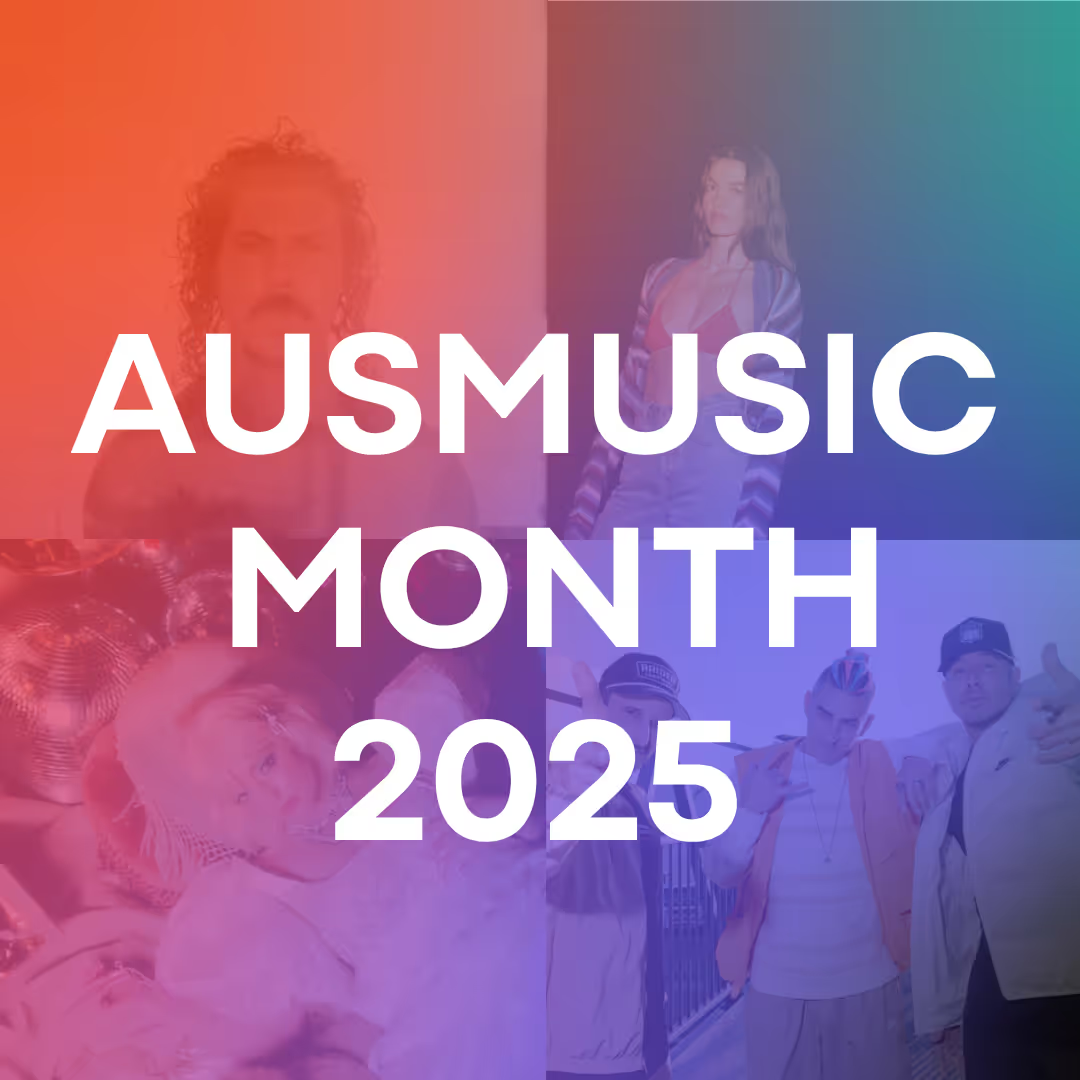Screens, Apps & Silence: Why Audio Is the Missing Layer in Your Retail Stack
Omnichannel ≠ Multichannel (Yes, There’s a Difference)
Retailers love to tout about being “omnichannel.” Translation: they’ve got screens in-store, push notifications buzzing in your pocket, and coupons popping up in apps. Impressive, right? Not quite. Being everywhere isn’t the same as being connected. That’s fragmentation sold as innovation.
True omnichannel is about integration, a shopper journey that actually makes sense. The right message, on the right channel, at the right moment. Research backs this up: McKinsey found more than half of B2C customers use three to five channels every time they buy something. Coresight Research showed that omnichannel shoppers don’t just browse more, they spend more. Yet too many retailers still treat each channel like a solo act rather than part of a band.
The Silence Nobody Talks About
Here’s the thing: even with all those touchpoints, there are massive gaps in the shopper journey. Screens? They’re great… if someone’s looking directly at them. Apps? Sure, but only if a shopper opts in and bothers to check them.
So what about the other 80% of a shopping trip? The walking, browsing, waiting-in-line silence. That’s where your retail media stack falls apart. Unless, of course, you’ve got audio.
Audio: The Channel Hiding in Plain Sight
Audio is the connective tissue. It doesn’t need opt-in. It doesn’t wait for a glance. It reaches every corner of the store, in real time, while shoppers are making decisions. And it works. IAB found that 89% of shoppers pay attention to in-store ads, and 71% aren’t hiding behind headphones while they shop. Translation: you’ve got a captive audience, why leave them in silence?
And here’s the kicker: Grocery TV’s 2025 report found that adding in-store channels like audio increases campaign reach by 49% compared to screens alone. That’s not incremental, that’s transformational. It’s proof that audio isn’t just a “nice to have” but a reach multiplier that takes omnichannel from fragmented to full-scale.
Screens and apps aren’t the enemy here. They’re the co-stars. Audio amplifies them. An app pushes a coupon? Audio reminds you in the aisle. A screen flashes a deal? Audio directs attention to it. Together, they create a surround-sound journey.
Retailers Already Get It
Just look at 7-Eleven. Gulp Media Network didn’t stop at screens, they launched Gulp Radio (powered by QSIC), to bring campaigns to life across every touchpoint. CVS Media Exchange is playing the same tune, combining in-store radio with digital displays. These aren’t experiments anymore; they’re proof that audio isn’t an “extra.” It’s essential.
The Takeaway (In Case You Missed It While Checking Your Phone)
Screens and apps are indispensable. But without audio, your retail media stack has blind spots the size of an entire aisle. If omnichannel is supposed to be seamless, then silence is your biggest liability. Audio doesn’t replace what you’ve already built, it completes it. As the data shows, it also delivers nearly 50% more reach. That’s not filler. That’s the missing layer.
.jpg)


.avif)